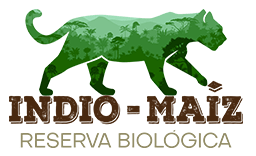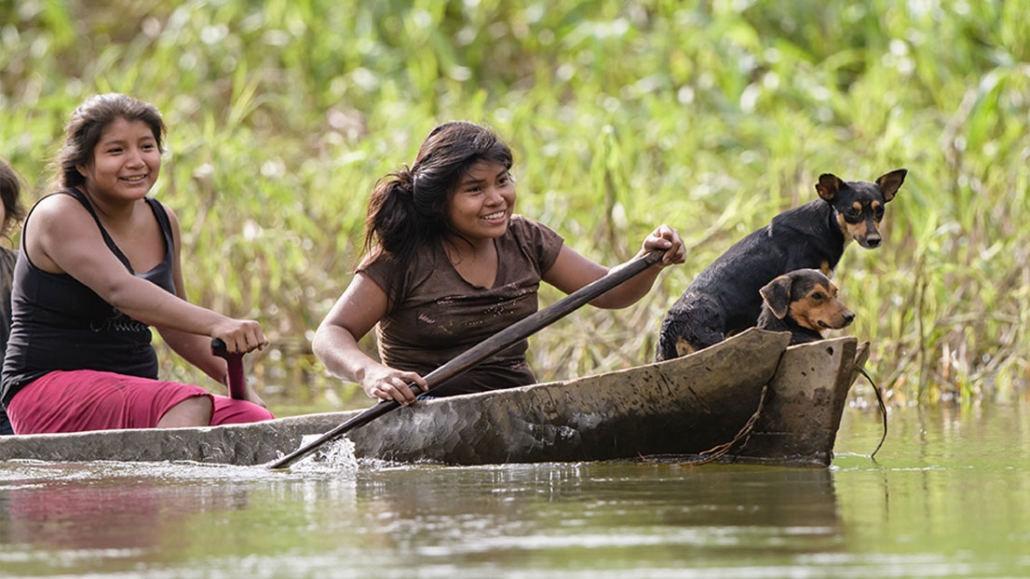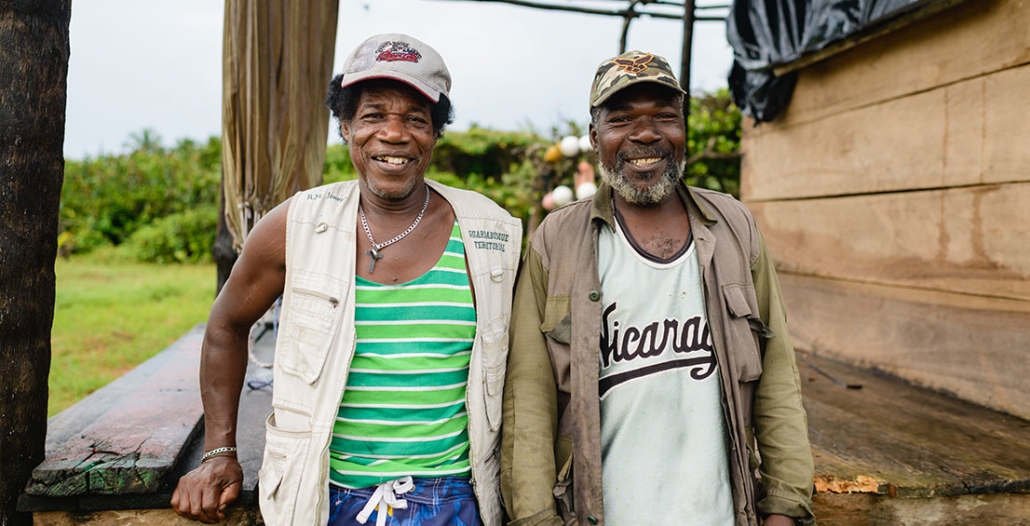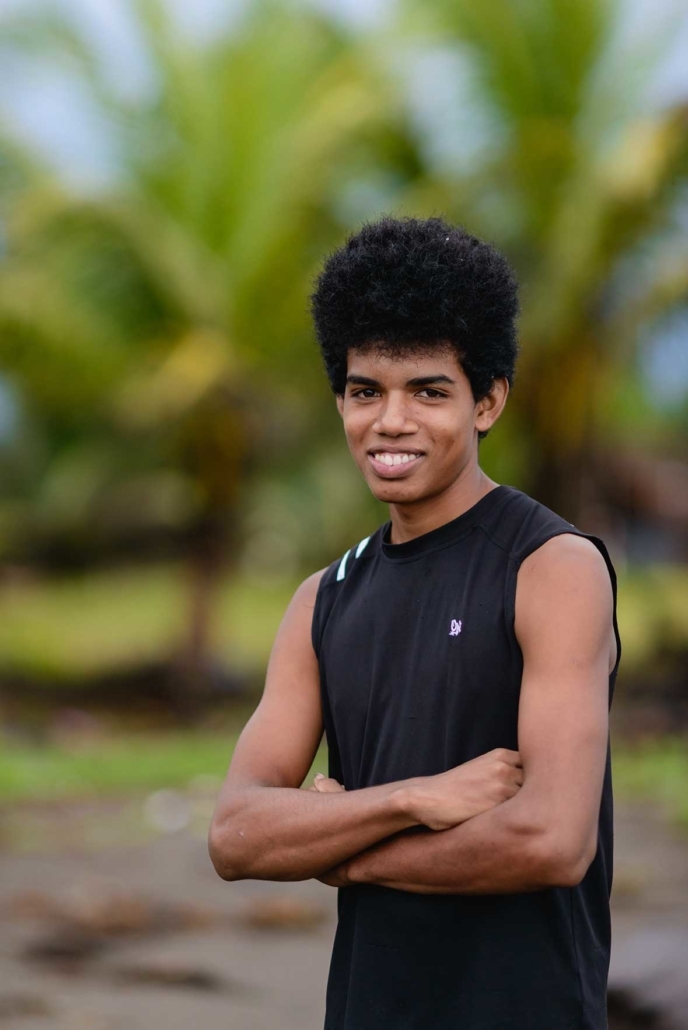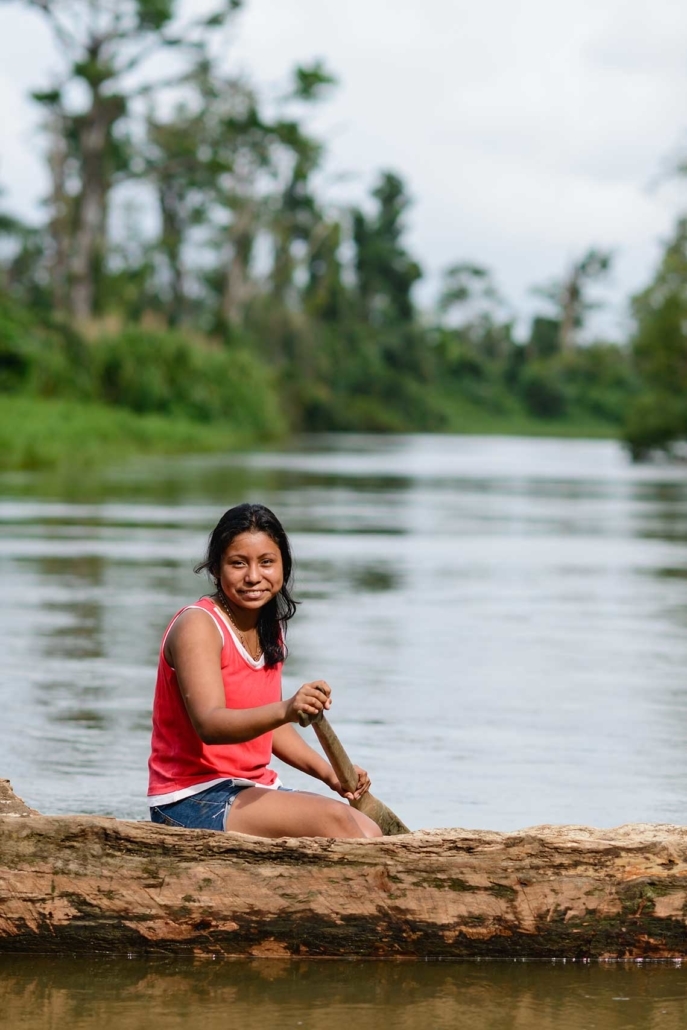The history of the indigenous territories.
The original or indigenous peoples of our America existed long before the arrival of Christopher Columbus to the continent.
On the Nicaraguan Atlantic Coast there are four indigenous peoples (Miskitus, Mayangnas, Ramas and Ulwas) and two tribal peoples (Garífunas, Krioles or Creoles) which are those who, even without being native to the region where they live, share similar cultural characteristics to the native people.
These populations live in communities and territories.
